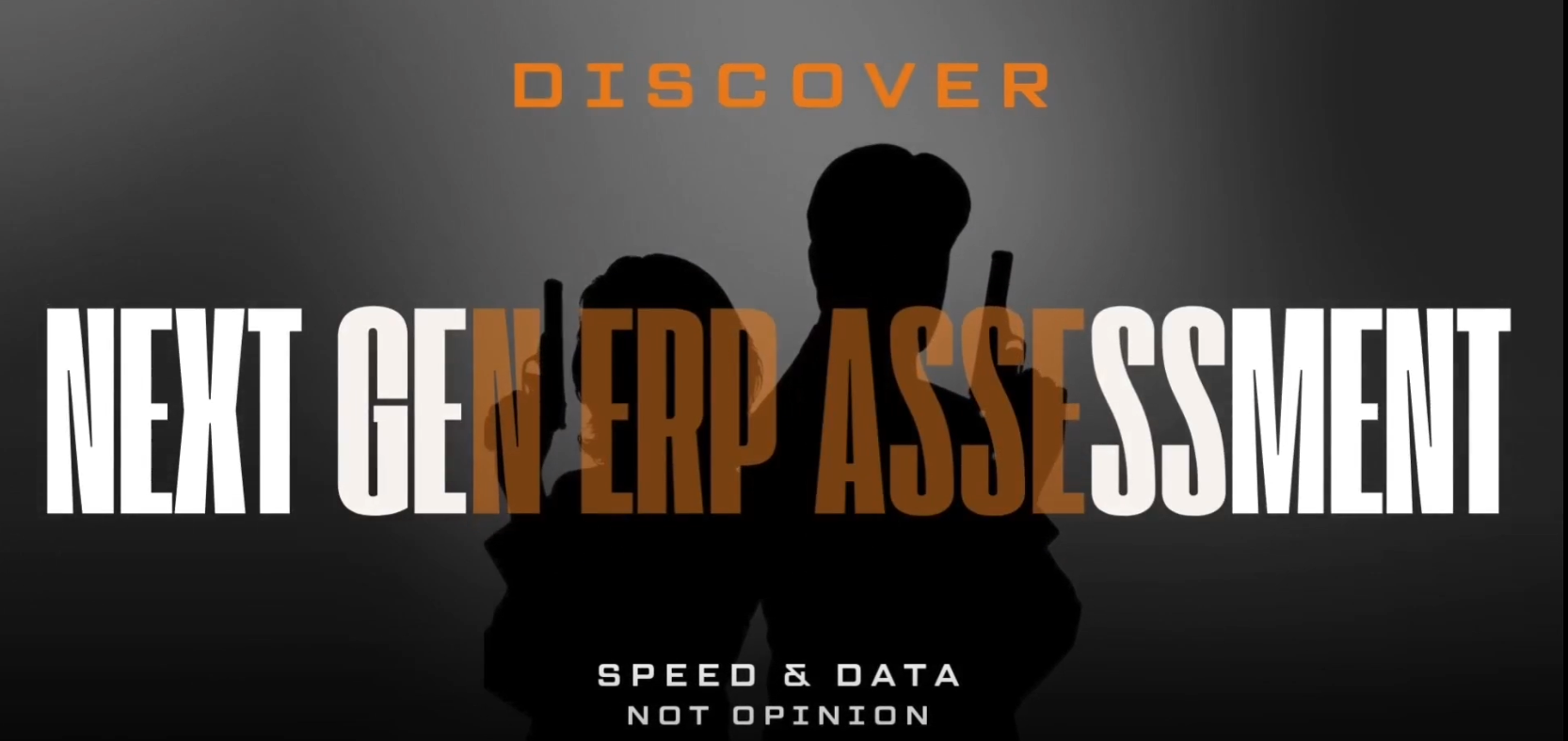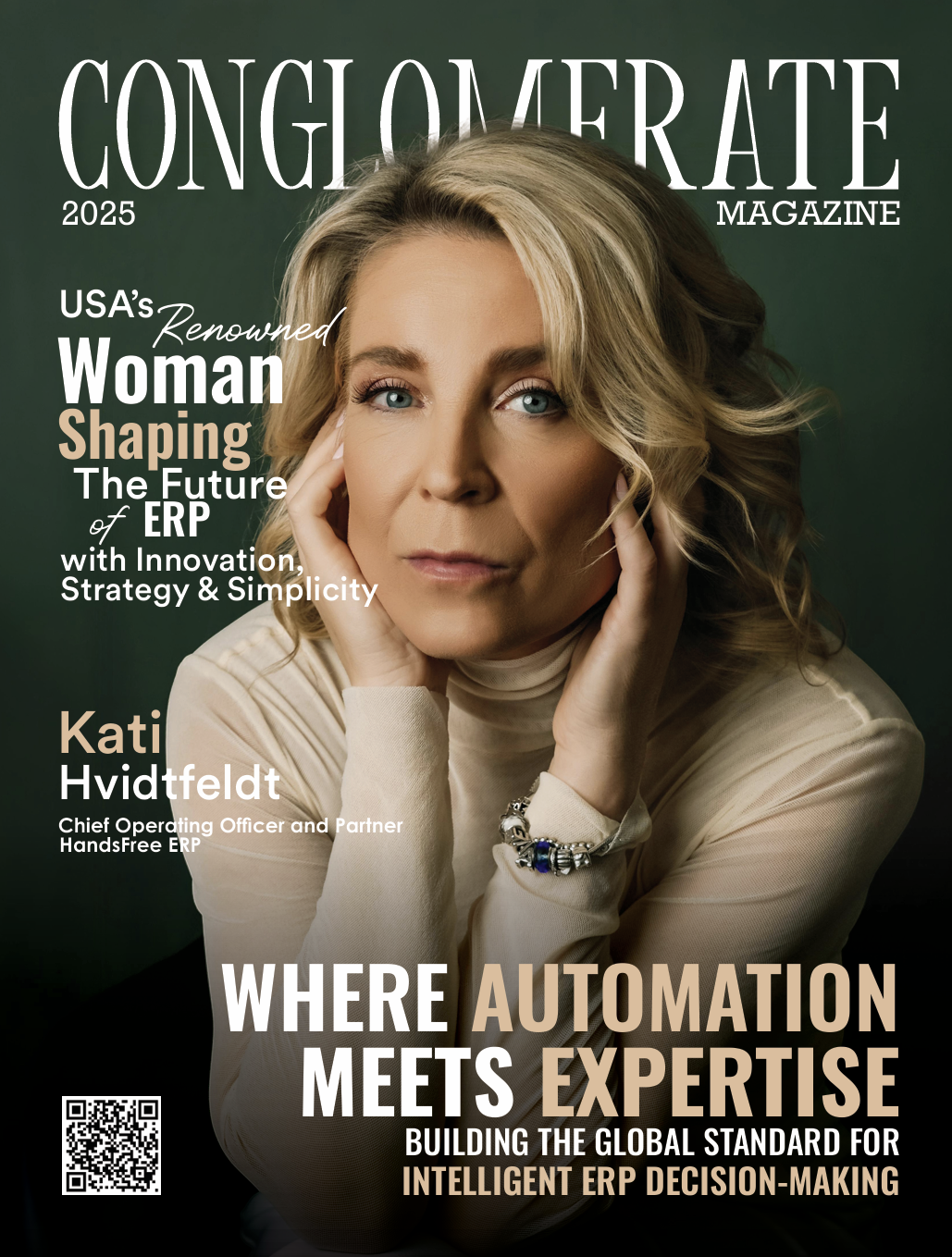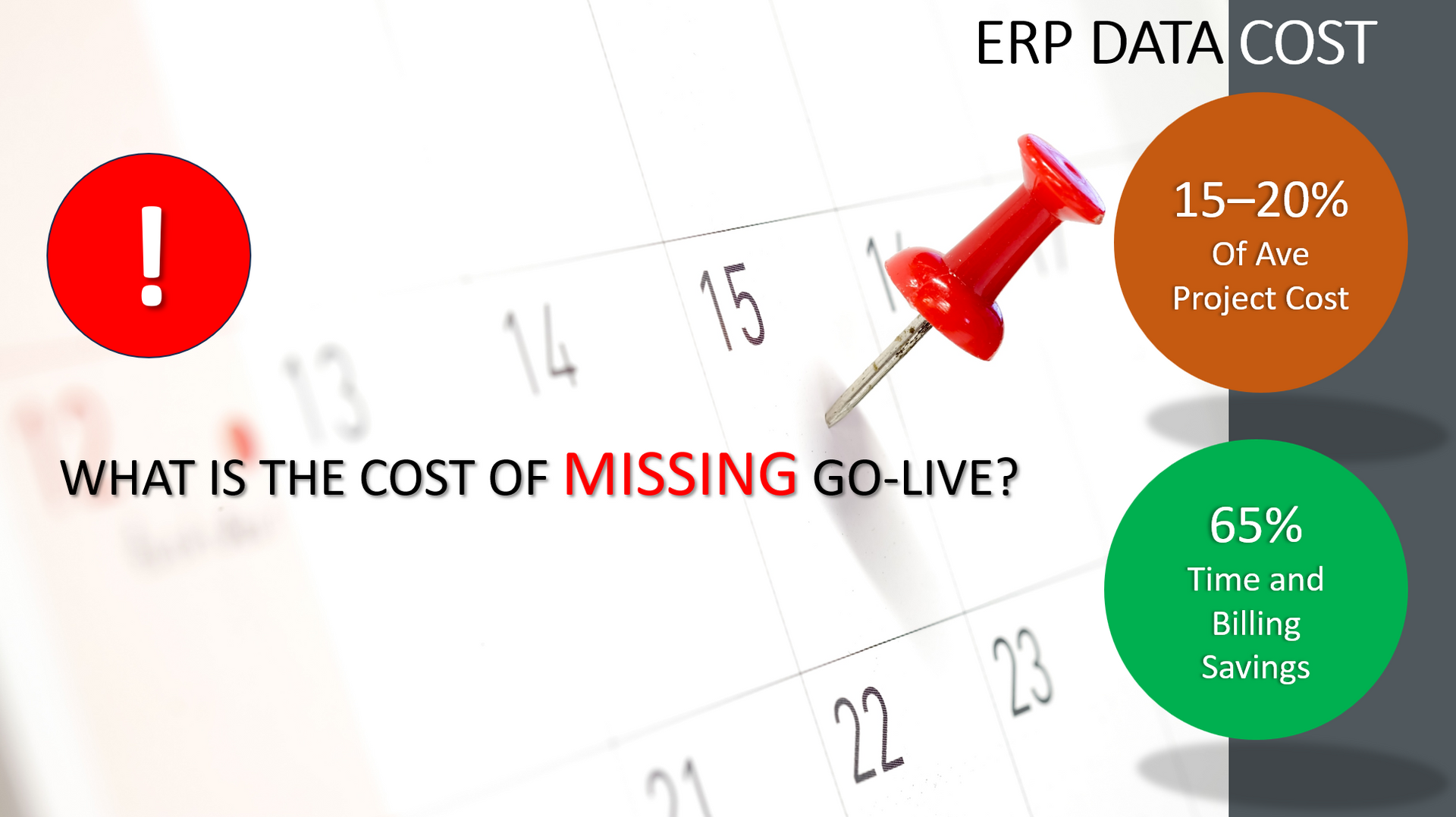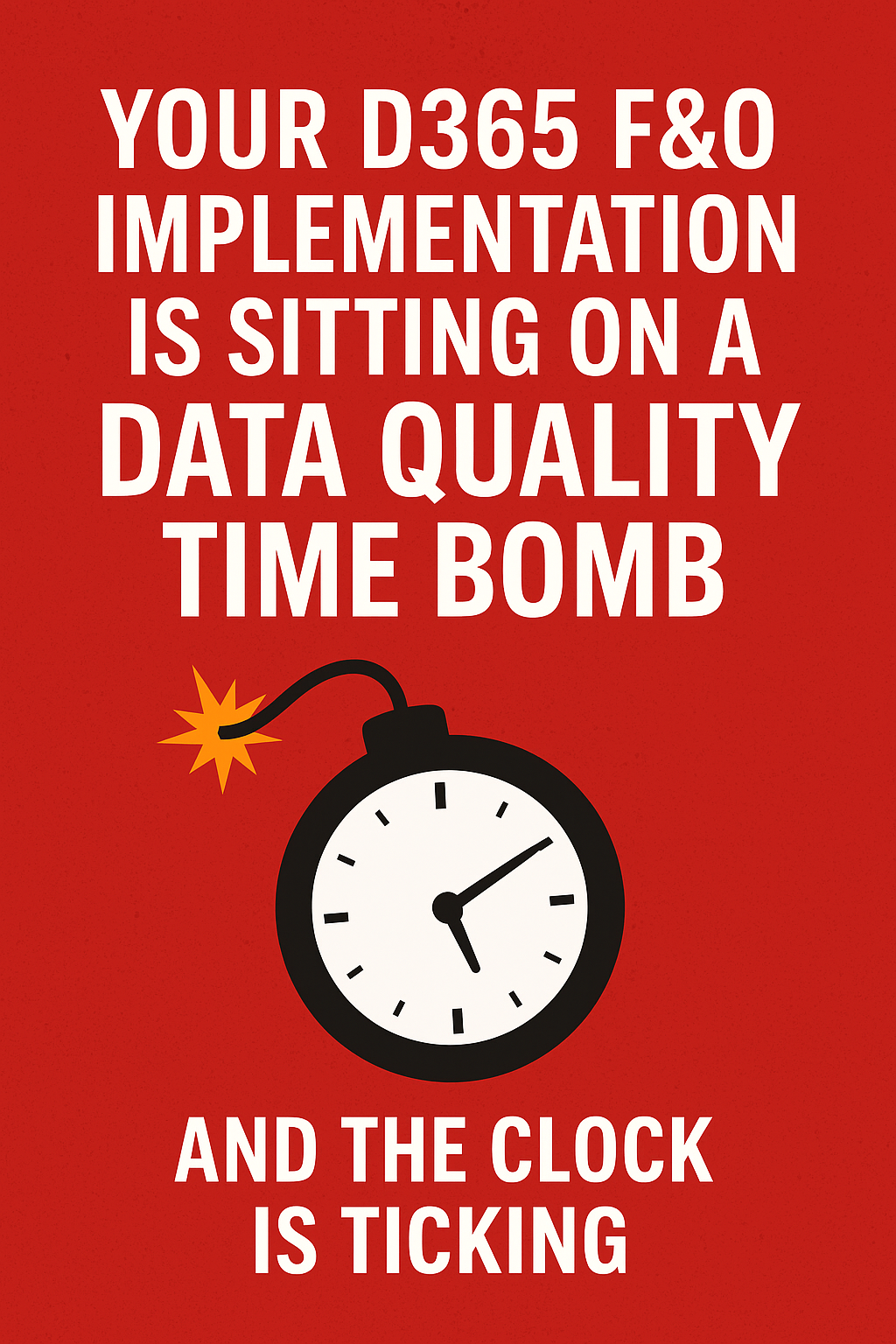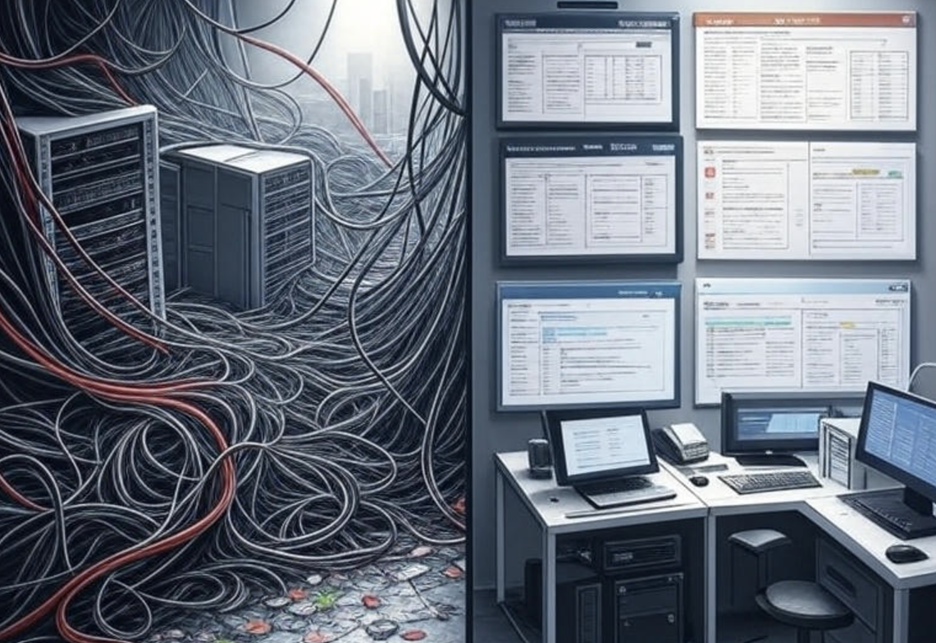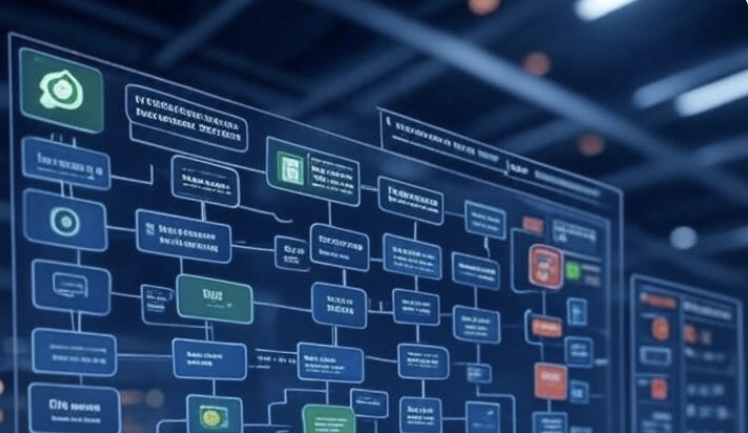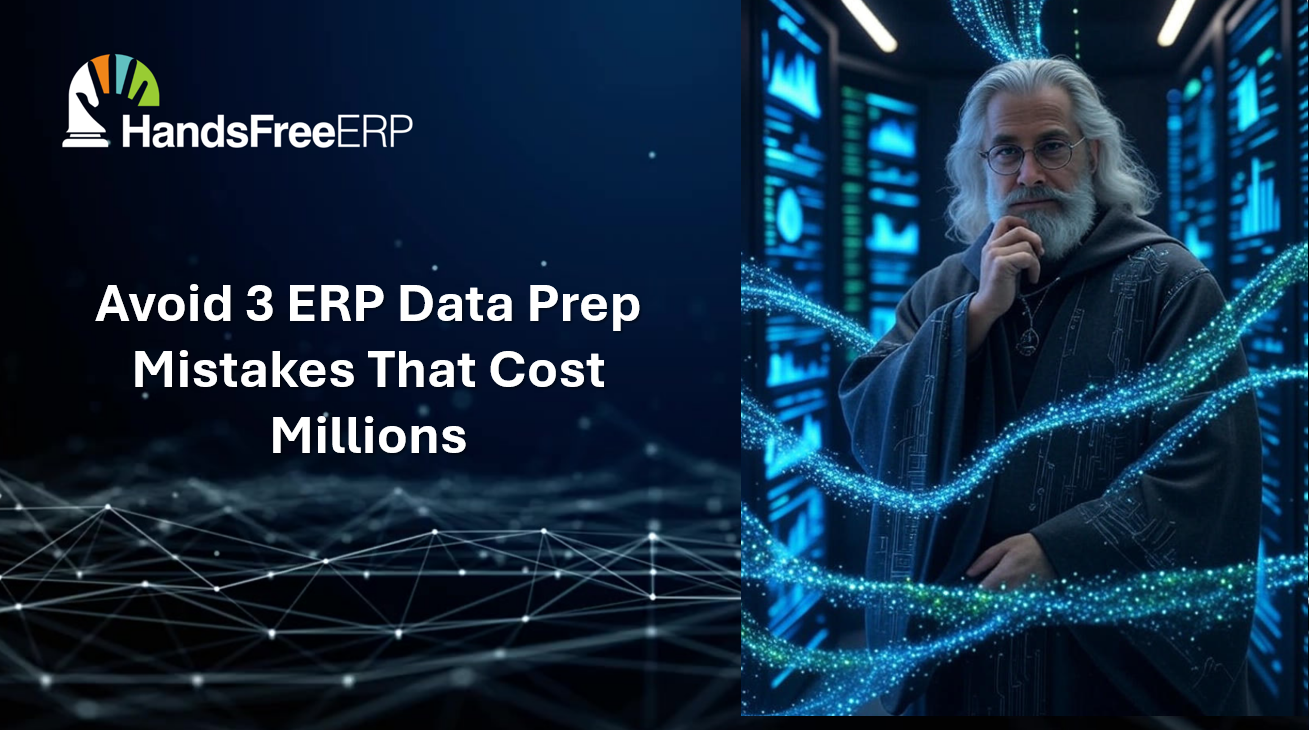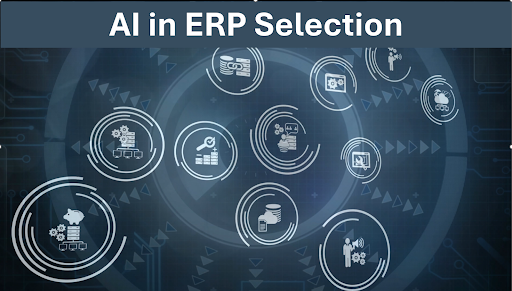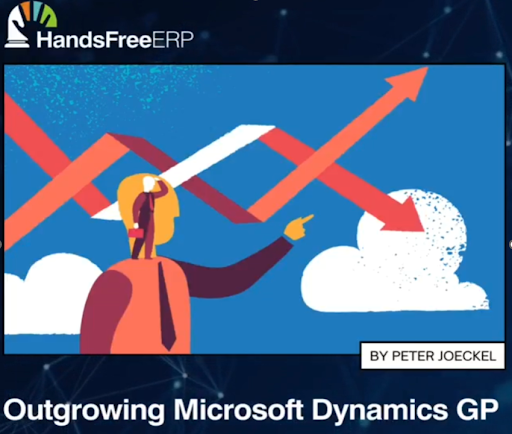Making the Right ERP Choice: A Manufacturing Company's Journey
Comparing BC v FSCM Implementation Costs

For manufacturing companies, selecting the right ERP system is crucial. If you're considering a move from your current ERP solution to Microsoft Dynamics Business Central (BC) or Finance and Supply Chain Management (F&SCM), there are two critical factors to analyze: understanding the functional differences and estimating the implementation effort. Let's explore how a Discover session with the GYDE platform can provide the insights you need.
Detailed Requirements Analysis
A Discover session with GYDE offers a detailed analysis of your business requirements, comparing how well BC and F&SCM meet these needs. This isn't just a high-level overview; it dives deep into the specifics, ensuring you understand the critical functional differences between the two products.
Estimating Design and Build Hours
One of the key benefits of using GYDE is the ability to estimate the typical hours required for the design and build phases of your ERP project. For a mid-market manufacturing company, here's what you can expect:
- Design Phase for BC: Approximately 1,200 hours
- Build Phase for BC: Around 3,000 hours
These estimates are based on data from hundreds of projects, providing realistic numbers rather than figures designed to fit a budget or win your business.
Comparing BC and F&SCM
By flipping the view from BC to F&SCM, you can compare the total hours required for each solution. This comparison helps you understand not only the functional fit but also the implementation effort involved. Armed with this information, you can evaluate proposals from partners with a clear understanding of whether the hours and costs make sense.
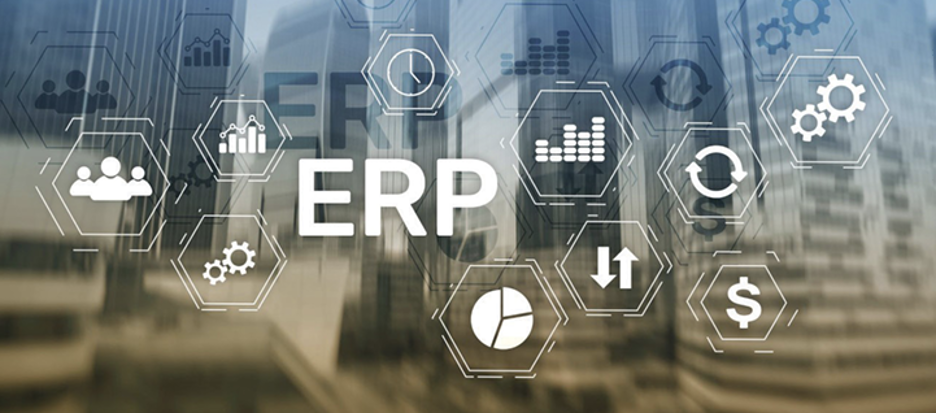
Making an Informed Decision
With a comprehensive view of your requirements and the associated implementation costs, you can make a much more informed decision. This approach saves time and money, allowing you to move forward with confidence.
Conclusion
For manufacturing companies considering a move to BC or F&SCM, a Discover session with GYDE is invaluable. It provides a detailed, realistic analysis of your requirements and the implementation effort, helping you make a well-informed decision. Don't rely on high-level estimates or sales pitches—use GYDE to ensure your ERP project is set up for success.
HandsFree ERP is dedicated to supporting clients with their ERP initiatives, enabling companies to seamlessly connect users with their ERP partners. By utilizing skilled professionals, streamlined processes, and cutting-edge tools, HandsFree ERP significantly boosts the success rates of ERP projects.



